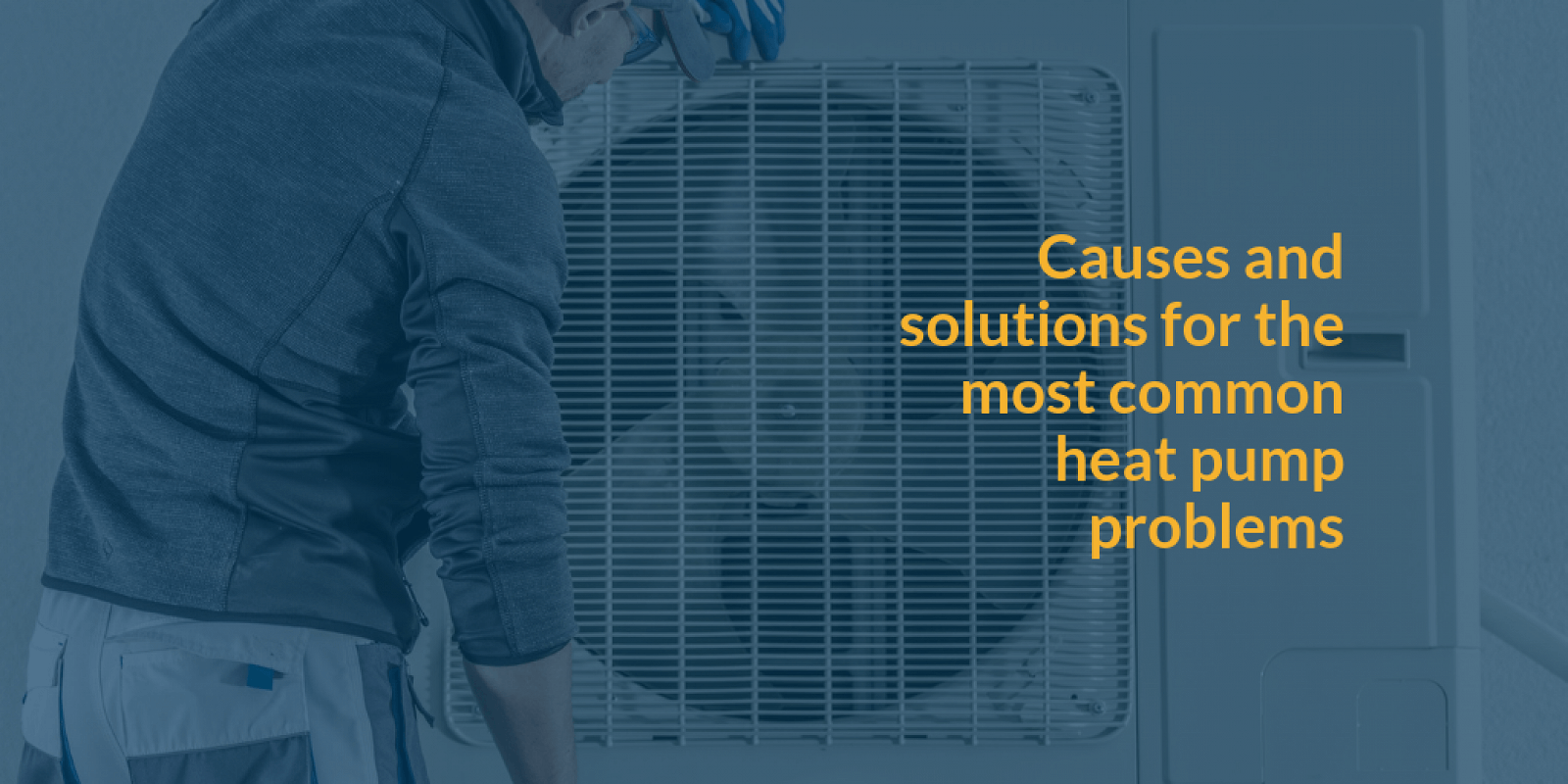Thermostat malfunctions are often the causes of heat pump problems. The tips below help to troubleshoot malfunctioning heat pumps.
Heat Pump Is Not Running
The thermostat or power receiving unit is not working when the heat pump does not run. Ensure that.
- Thermostat is set
- Heat pump has a power supply
- Turn on the power switch if the heat pump is connected there and wait for the air handler to engage within a few minutes
- Check if protective fuses or circuit breakers inside an air handler are blown or tripped and reset.
Heat Pump Fails To Heat or Cool Properly
Heat pumps do not discharge very hot air like furnaces, and they may go to defrost mode that prevents icing up. Heat pump in defrost mode can output cold air temporarily.
However, you can take these steps if a heat pump produces much cooler air than its usual long-term trend.
- Raise and set the temperature at 50 F to ensure the thermostat is set correctly and wait for the heat to turn on in a few minutes.
- Ensure room heating registers are open
- Check if a heat pump filter is dirty and change
- Ensure auxiliary heating elements are functioning if a heat pump contains them.
- Clean coils of outdoor condensing unit
Call a technician if the above steps do not work because the system has complex issues that affect the system′s balance.
Trips Breaker or Freezes Up
A heat pump can ice up in freezing weather, but it′s defrost cycle should periodically melt this ice.
- Turn off the condenser unit if frozen and the defrost cycle is not melting the ice.
- Check for blockage on return air registers and any clogging on the filter
Call an HVAC professional if there are no clogging and airflow problems to the unit.
Heat Pump Blower Isn′t Working
A blower in heat pumps may fail to function as it has a limit switch that goes off if the plenum becomes too hot. Turn it to auto or off if you find it on. The limit switch needs adjustment if it is already off or auto.
If the blower is not moving air, but the motor run, the belt connecting them might be broken. Turn off power to the unit and access the blower by removing a door at the front part of the air handler cabinet. You will find the belt, and if broken, check the number stamped on it. The number helps to get a similar replacement from a heating supply outlet or home improvement center.
Incorrect Heat Pump Cycles
Find out if the filter or blower is clogged because it can cause overheating that triggers heat pumps to turn on and off too frequently. Clean or replace a clogged filter.
Check if a thermostat is installed at a point where it senses room air correctly and if the calibration is correct. Adjust if you find one of the issues. If none is the cause of poor cycling, the heat anticipator is likely the fault trigger. A faulty heat anticipator causes room temperature to rise or drop than the temperature set on the thermostat.
Call a heat pump technician if unclogging or adjusting the thermostat or heat anticipator does not stop incorrect cycling.
Heat Pump Makes Noises
- Rattling noises when a heat pump is running needs an inspection to determine if screws on cover panels are loose. Tighten them if loose and also check if parts in the air handler are tight enough.
- Metallic heating ducts transmit noise from air handling units. A heating contractor can stop it by inserting flexible insulation between the ductwork and pump.
- Track the duct runs while monitoring the source if you hear popping or pinging sounds from the ductwork. The cause is likely to be air blowing past loose flaps of metal or air expansion. If so, dent the sheet metal slightly to make the surface more rigid, so it does not move much when heating or cooling.
- Shut off the heat pump and call a repair technician if it emits grinding or squealing sounds because the motor bearing might be shot.
Troubleshooting heat pumps keeps them functioning optimally and helps to know when repairs are due.
